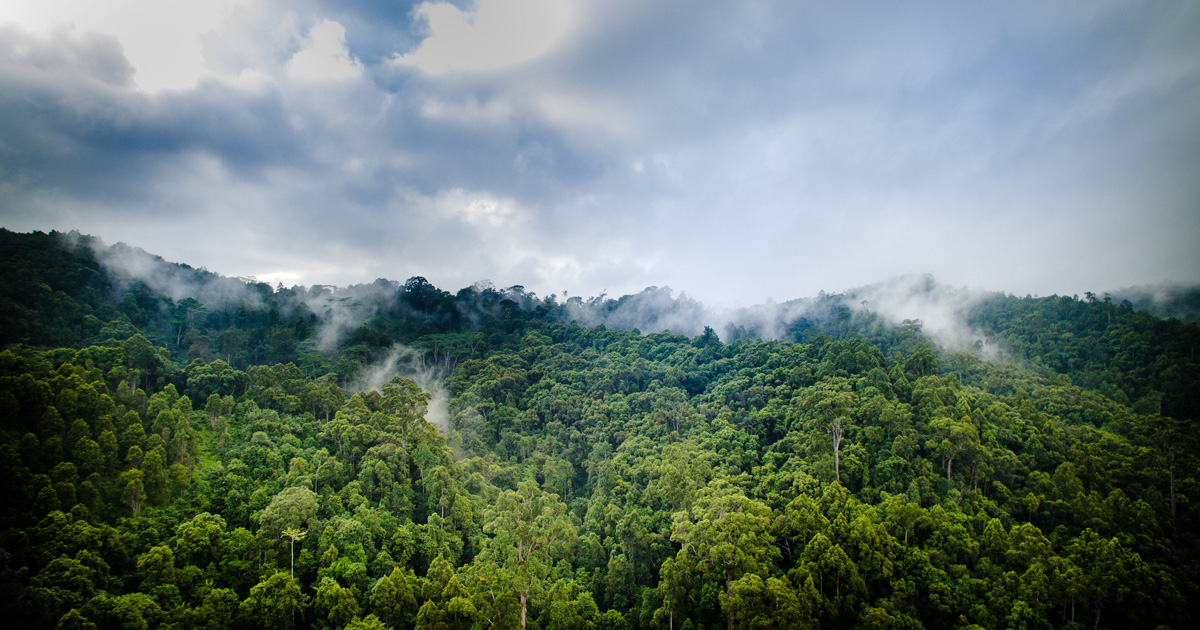Climate change is a key factor that affects the geographical distribution of species globally. As a result, species are forced to change their suitable habitats. Understanding how climate change impacts species distribution is crucial to conserving species. This study aims to project the current and future potential distribution of Osyris quadripartita Decn under a climate change scenario in Ethiopia. O. quadripartita is an evergreen, dioecious and highly branched shrub or small tree with economic, ecological and cultural importance. The plant is indigenous to Ethiopia, and also widespread throughout Africa and southern Asia to China. Twenty-two environmental variables were used as predictor variables. Seventy spatially rarefied occurrence points were used as occurrence data. Representative Concentration Pathway (RCP) 4.5 (intermediate) and RCP 8.5 (maximum greenhouse gas emission scenarios) for the years 2050 and 2070 were used to predict future habitat suitability. Twelve bioclimatic variables and one topographic layer were selected and used in this study after a correlation analysis. Variables relating to precipitation (Bio17, Bio16, Bio19 and Bio14) and temperature (Bio6 and Bio1) were more important in predicting the distribution of O. quadripartita. The result revealed that the suitable habitats for the distribution of species decreased from the current 14.4% (16,363,005 hectares) to 11.9% (13,437,831 ha) and 11% (12,565,372 ha) under RCP 8.5 for the years 2050 and 2070, respectively, which depicts the shrinkage of suitable areas as a result of climate change. Therefore, it needs timely intervention by responsible bodies and stakeholders to conserve plant species in the changing climate.
DOI:
https://doi.org/10.1007/s40415-023-00953-1
Altmetric score:
Dimensions Citation Count:
























